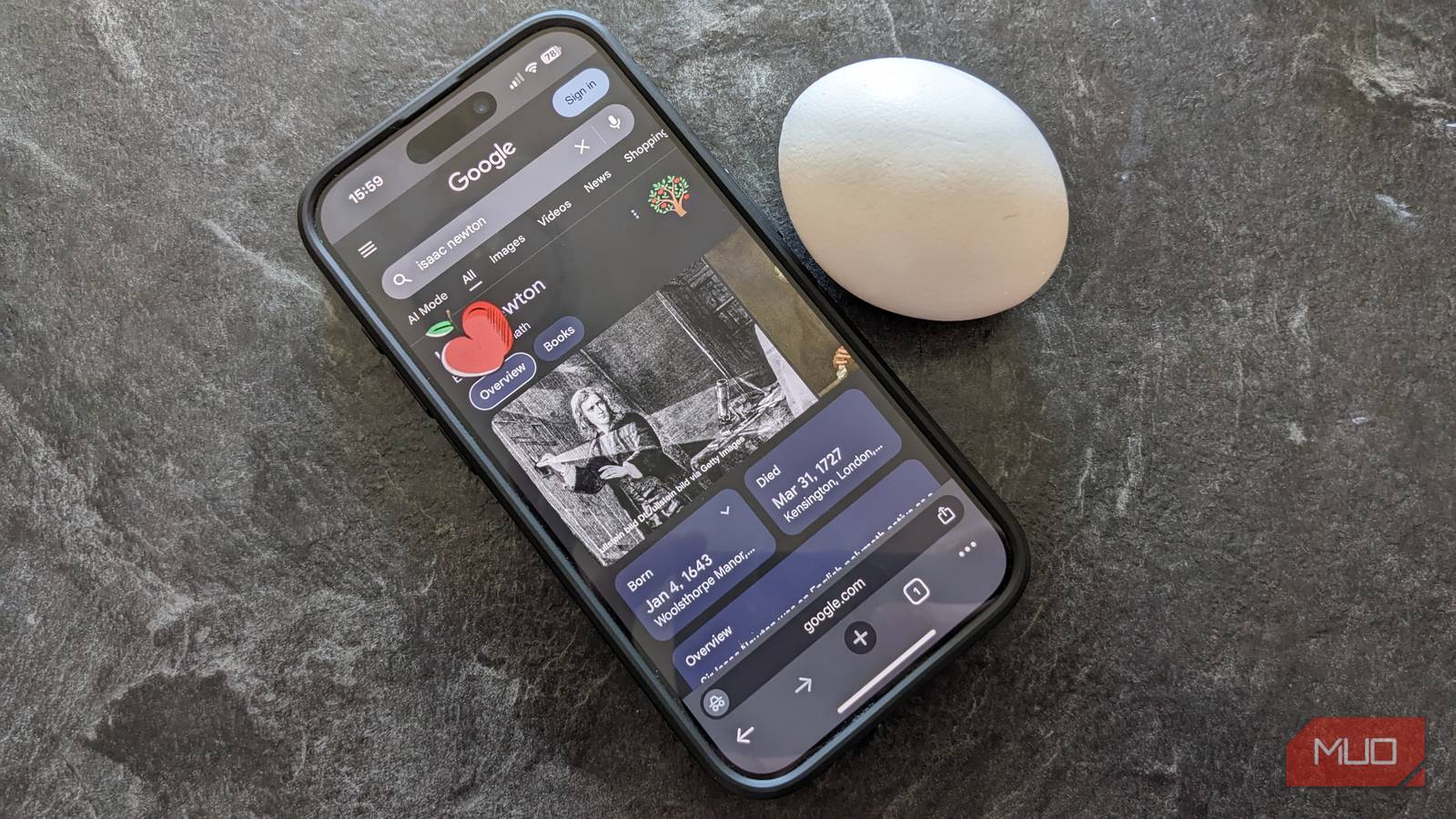Creating a great quiz takes time. Whether you’re a teacher preparing for a class, a manager training your team, or just planning a fun trivia night, the process of writing thoughtful questions and formatting everything can be a genuine chore.
With ChatGPT, you can turn that process from a drain on your time into a creative and fast activity. This guide provides a structured collection of prompts designed to help you generate any type of quiz you can imagine. Simply copy a template and replace the bracketed placeholders like [topic]
The All-in-One Prompt
Use this master prompt as a starting point for creating a standard quiz. It combines all the essential elements into one request. This prompt is your go-to for quickly generating a well-defined quiz.
The Prompt: Create a quiz with [number of questions] questions about [topic]. The questions should be [question type, e.g., multiple-choice, true/false, short answer]. The target audience is [target audience, e.g., 5th-grade students, university undergraduates, new employees, trivia experts]. The difficulty level should be [difficulty level, e.g., easy, intermediate, expert]. Please provide a separate answer key at the end.
I. Prompts by Question Type
Use these prompts when you need a specific format for your questions.
1. Multiple-Choice Questions (MCQ)
This prompt is designed to generate high-quality MCQs with plausible incorrect options.
- Generate
[number of questions]multiple-choice questions on the topic of[topic]. Each question should have[number of options]options. Ensure the incorrect options (distractors) are plausible but clearly wrong. Mark the correct answer with an asterisk (*) or provide it in a separate answer key.
Advanced Tip: To control the type of distractors, add a sentence like: “For the distractors, include one common misconception and one option that is subtly incorrect.”
2. True/False Questions
This prompt adds value by asking for explanations, which is crucial for learning.
- Create
[number of questions]True or False questions about[topic]. After each question, provide the correct answer and a brief one-sentence explanation for why the statement is true or false.
3. Fill-in-the-Blank Questions
Ideal for testing knowledge of key terms and definitions.
- Generate
[number of questions]fill-in-the-blank statements about[topic]. Use underscores ‘ ‘ to indicate the blank. Provide a word bank for the user to choose from. List the correct answers in an answer key.
4. Short Answer / Open-Ended Questions
Perfect for assessing deeper understanding rather than just recall.
- Create
[number of questions]short-answer questions about[topic]. These questions should require a 2-3 sentence response and encourage critical thinking. For each question, provide a model or ideal answer.
5. Matching Questions
A great format for connecting related concepts, terms, and definitions.
- Create a matching quiz about
[topic].
Column A should contain a list of[number][items in column A description](e.g., “Inventors”, “Book Titles”, “Scientific Terms”).
Column B should contain a list of corresponding[items in column B description](e.g., “Inventions”, “Authors”, “Definitions”).
Provide the answer key showing the correct pairs.
6. Sequencing Questions
Use this to test understanding of processes, timelines, or chronological events.
- Create a sequencing quiz based on
[topic or process]. Provide a list of[number]jumbled steps or events. The user’s task is to place them in the correct chronological or procedural order. Provide the correct sequence in the answer key.
II. Prompts for Advanced & Creative Scenarios
Go beyond standard formats with these creative and scenario-based quiz prompts.
7. Quiz from a Specific Document or Text
This is one of the most powerful uses of ChatGPT for creating quizzes.
- Act as a quiz generator. I am providing you with text below. Based ONLY on the information in this text, create a
[number of questions]-question quiz with[question type]questions to test comprehension.[Paste your full text here]
8. Scenario-Based / Case Study Questions
Excellent for job training, professional development, and practical skill assessment.
- Create a scenario-based quiz question.
First, present a short case study or scenario related to[field or topic]. The scenario should be about[brief description of scenario].
Then, ask[number]multiple-choice questions that test a user’s ability to apply their knowledge to solve a problem or make a decision based on the scenario.
Provide an answer key with detailed explanations for why each correct answer is the best choice.
9. Themed Trivia Quiz
Perfect for pub quizzes, parties, or fun classroom activities.
- Design a trivia quiz round with the theme “
[theme of quiz]“. It should contain[number of questions]questions. Write the questions in a[tone]tone (e.g., witty, humorous, challenging). The questions should cover different aspects of the theme, such as[aspect 1],[aspect 2], and[aspect 3]. Include a creative title for the quiz round.
III. Prompts for Formatting & Control
Use these prompts when you need the output in a specific format or want to control the quiz generation process more precisely.
10. Format for a Specific Platform (CSV)
This prompt helps you create quizzes that can be easily imported into spreadsheets or other learning tools.
- Generate a
[number of questions]-question quiz on[topic]. Format the entire output as a CSV (Comma-Separated Values) with the following headers in the first row: “Question”, “Option A”, “Option B”, “Option C”, “Option D”, “Correct Answer”, “Explanation”.
11. Generate a Detailed Answer Key
Go beyond just providing the right answer. This prompt is excellent for self-study materials.
- Create a
[number of questions]-question quiz about[topic].
For the answer key, provide not only the correct answer but also a detailed explanation for why it is correct. For any multiple-choice questions, also include a brief explanation for why the other options are incorrect.
IV. The Interactive Quiz Prompt
Use this prompt to have ChatGPT act as a quizmaster and test you directly in the chat interface. This turns the chat into a live quiz session.
- Act as a quizmaster. You will ask me
[number of questions]questions about[topic].
Ask me one question at a time and wait for my answer.
After I respond, tell me if my answer is correct or incorrect, provide a brief explanation, and then ask the next question.
Let’s begin. Ask me the first question.
Also, Check These Prompts:
- Quizzes are a fantastic tool for educators. For more ways to use AI in the classroom, explore our ultimate list of Prompts for Teachers.
- Using quizzes for marketing? Learn how to promote them and create other viral content with our Prompts for Social Media Posts.










